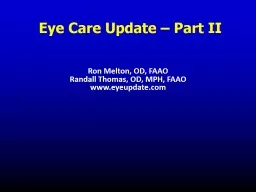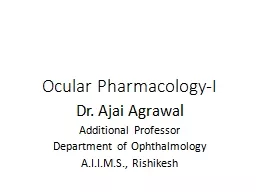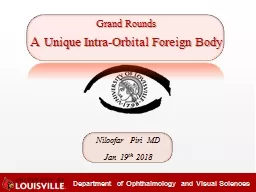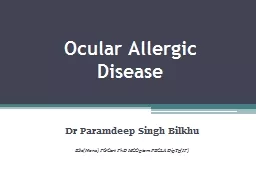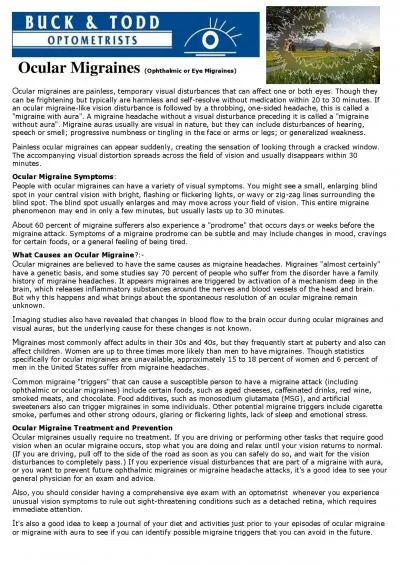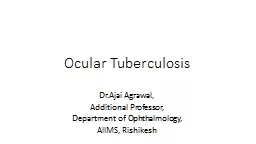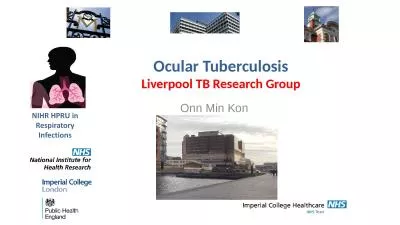PPT-Ocular Surface Wellness
Author : marina-yarberry | Published Date : 2016-07-12
The Basics Jack L Schaeffer OD FAAO Marc Bloomenstein OD FAAO Paul Karpecki OD FAAO Ocular Surface Wellness Ocular surface wellness means reenvisioning our
Presentation Embed Code
Download Presentation
Download Presentation The PPT/PDF document "Ocular Surface Wellness" is the property of its rightful owner. Permission is granted to download and print the materials on this website for personal, non-commercial use only, and to display it on your personal computer provided you do not modify the materials and that you retain all copyright notices contained in the materials. By downloading content from our website, you accept the terms of this agreement.
Ocular Surface Wellness: Transcript
Download Rules Of Document
"Ocular Surface Wellness"The content belongs to its owner. You may download and print it for personal use, without modification, and keep all copyright notices. By downloading, you agree to these terms.
Related Documents





